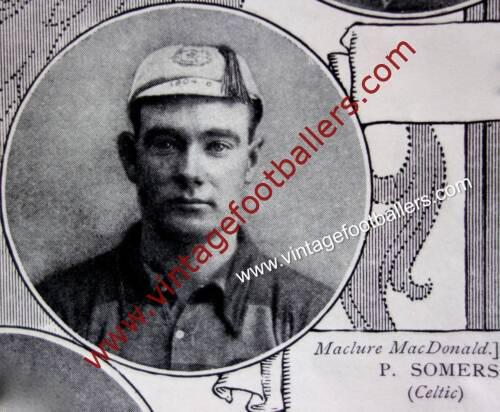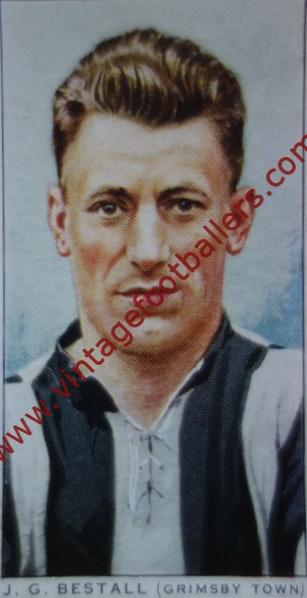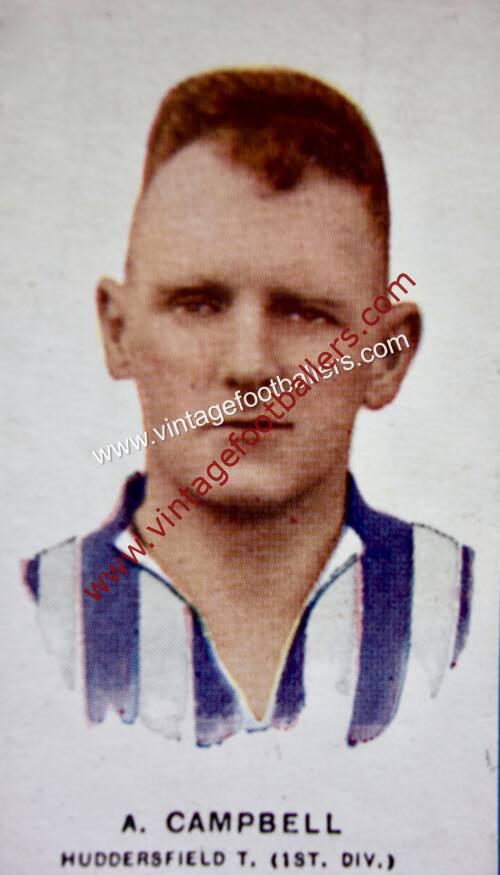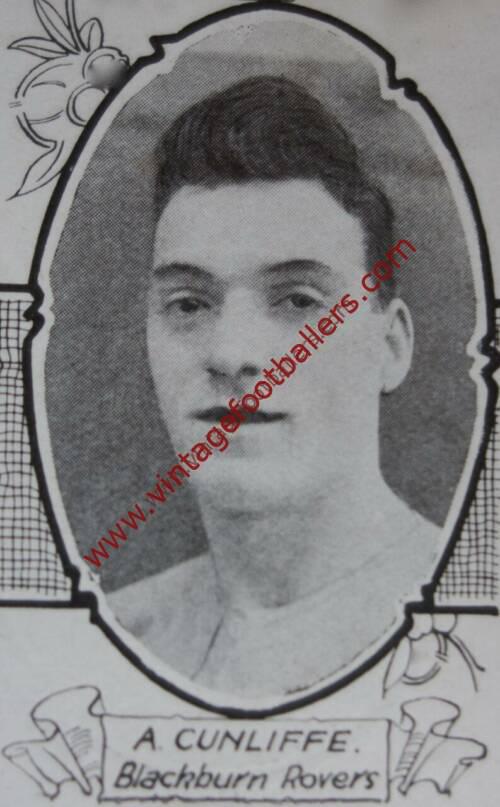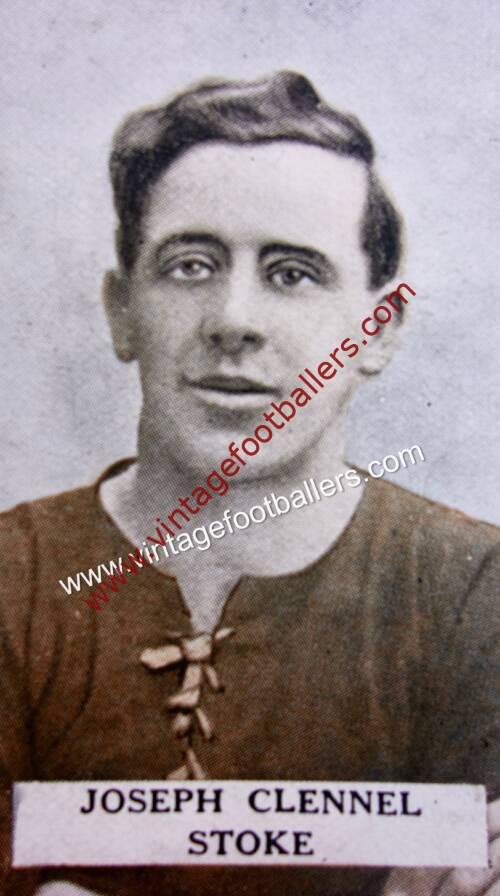Please choose your photo size from the drop down menu below.
If you wish your photo to be framed please select Yes.
Note: 16″x 20″not available in a frame.
Images can also be added to accessories. To order please follow these links
£8.95 – £49.95
Please choose your photo size from the drop down menu below.
If you wish your photo to be framed please select Yes.
Note: 16″x 20″not available in a frame.
Images can also be added to accessories. To order please follow these links
Strathaven, Lanarkshire born inside left Peter Somers began his football career with junior clubs Mossend Celtic in 1895, Cadzow Oak in 1896 and Hamilton Athletic in 1897 before joining Glasgow Celtic in November 1897, scoring on his Scottish League debut on December 4th in a 4-0 home victory over Third Lanark. He would score 3 goals in 3 League appearances that term as the Hoops claimed the League Championship. His talent was recognised early when he won his first representative honour in February 1899, playing for The Scottish League in a 3-1 defeat to The Irish League at The Solitude, Cliftonville’s ground in Belfast.
But Somers spent most of his early days at Celtic either on the fringes of the first team or being loaned to other clubs. The first such loan was to Clyde in 1899, and this was followed by Blackburn Rovers paying Celtic £200 for Somers’ registration, with his Football League debut coming at Glossop in February 1900. He would spend a successful two and a half seasons at Ewood Park before returning to the Hoops in August 1902 after 13 goals in 78 appearances.
Back in Glasgow Somers, alongside the great Jimmy McMenemy and the legendary Jimmy Quinn, would form an attacking triumvirate which would terrorise a generation of Scottish defences. This trio would be the cornerstone of perhaps the greatest ever side in Celtic history. At a time when brute strength was regarded as a key attribute for a footballer, Somers shone out among his peers for his nimble footwork and wonderful football brain. He was, in the words of Willie Maley, a “subtle strategist”.
Peter’s wonderful awareness and reading of the game was complimented by his pinpoint passing ability. He would evade the crude challenges of despairing opponents with a deft flick of the ball or a subtle change of direction. He could find space and time during even the most frantic of games to calmly orchestrate attack after attack. Selfless, inventive and entertaining, Peter was a huge favourite of a support who recognised his priceless contribution to the Celtic cause. His popularity extended from the terraces to the pitch. Quinn feasted on the seemingly endless supply of goal opportunities provided by Somers. Indeed Maley would christen Peter ‘Celtic’s Powder Monkey’ – a nickname born from a historical naval term given to those sailors tasked with the vital but unheralded job of fetching gunpowder and shot for the gunners.
During one particular clash with Rangers, Peter was on typically fine form. His cute and cunning play had left the Ibrox club’s rearguard bedraggled. No one more so than centre-half Jimmy Galt. The Saltcoats-born Galt – a future Scotland international – was not only normally a fine defender but he was also a golfer of some considerable renown. On this occasion though he had been mercilessly tormented by the brilliant Somers who, after getting the better of the Rangers man for the umpteenth time, turned to Galt and said: “Haw Jimmy, how about you teach me to play golf and I’ll teach you to play fitba.”
With Somers at his disposal Willie Maley was able to shape one of the most successful sides in Scottish football history. With Peter pulling the strings of the Celtic attack the Bhoys won six Scottish League titles in a row and also claimed the Scottish Cup in the 1904, 1907 (in which he scored a brace) and 1908 Finals.
He was first capped for Scotland when he played in a 4-0 win over Ireland at Parkhead in March 1905, playing the next month in a 1-0 defeat to England at The Crystal Palace, but he had to wait two years for his third cap when he played in a 3-0 win over Ireland at Parkhead in March 1907. He also returned to the Scottish League side making two appearances in February 1909 in wins against The Irish League and The Football League, matches in which Jimmy Quinn netted four goals, followed the next month by his fourth and final Scotland appearance in a 3-2 defeat to Wales at Wrexham.
Yet in 1909 the decision was made by Celtic not to renew Peter’s registration. The reason behind the decision was and remains a mystery, for Somers still had a lot to offer. As someone never afraid to stand up to the disciplinarian Maley it was rumoured that perhaps Peter had made one witty retort too many. It perhaps says everything about the contribution of Peter Somers that with him in the team Jimmy Quinn netted more than 20 goals a season for six successive campaigns. After the departure of Somers, the Mighty Quinn never hit 20 goals in a season again. Peter was simply irreplaceable for Quinn.
Statistics don’t even begin to scratch the surface of what Peter Somers contributed to Celtic but for what it’s worth he scored 62 goals in 219 League & Scottish Cup appearances.
He returned to Hamilton Academical in January 1910 and was to retire from the game a year later after which he became a Director of the Accies. Tragically within just a few years he would take ill and have part of a leg amputated. It was a cruel blow from which he would never recover. On 27th November 1914, little more than five years after his departure from Parkhead and aged only 36, Peter Somers died from gangrene in a Glasgow nursing home 10 days after an operation. The cause of death was given as cardiac failure.
| Weight | N/A |
|---|

